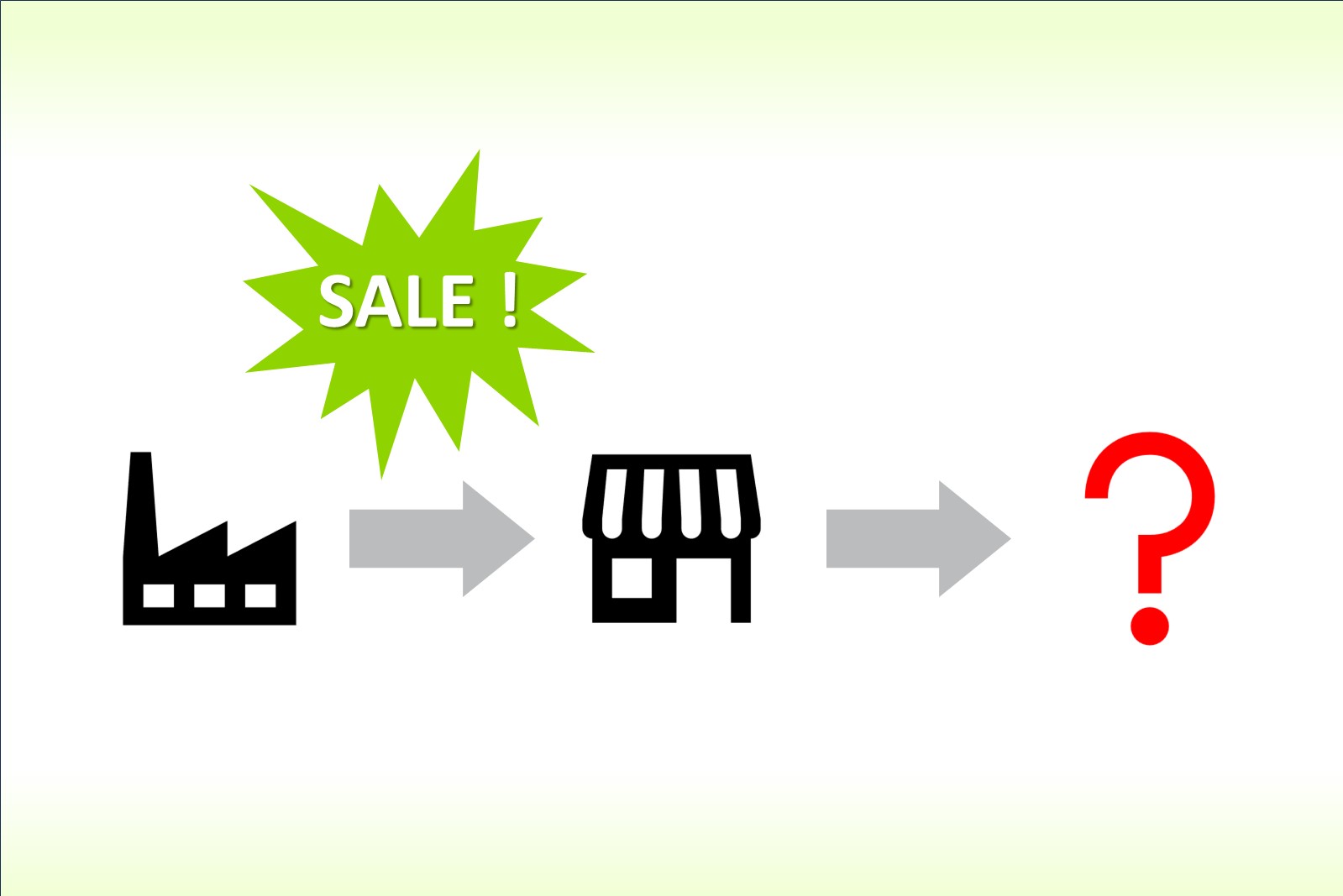
Bananas are sold as a commodity in most parts of the world. How is it possible to differentiate...
Bananas are sold as a commodity in most parts of the world. How is it possible to differentiate this seemingly simple, standard product to sell more of it?
Dole and Seven Premium are two successful brands selling bananas in Japan, and Tanabe Noen is a Japanese brand also sold by Lawson or ANA. Here is how these three brands use localised packaging techniques to sell their products in Japan.
Bananas are usually sold without any packaging, but putting bananas in a bag can be more hygienic and also creates a surface to communicate with your consumers. One of the most common requirements for food packaging in Japan is that you can see what’s inside. If the bag is transparent, you can check the quality of the content, and there will be no surprises after opening it. More visibility means more trust.

What is the best way to choose which bananas to buy? If you’re not an expert, it can be difficult to know the differences between products. Providing some guidance to your consumers can give them confidence and make their choice easier.

When do bananas taste the best? How can you make them last longer? You get lots of advice from your friends and family, but wouldn’t you be interested in what the producer has to say?

Wherever you are in the world, the above principles can be applied to improve food product packaging and make consumers happier.
If you found this article helpful, you may also be interested in the articles below on food packaging in Japan.
3 Proven Ways Your Wine Label Can Make an Impact in Japan
5 Successful Localisation Tactics That You Can Learn from Kit Kat in Japan

5-year import data (2020–2024) reveal Japan’s fast-growing drink categories and 2026 outlook.

Business development tactics to help import F&B brands in Japan prepare for and grow beyond entry.

Why sales fails in Japan – and why business development is key for import F&B brands.